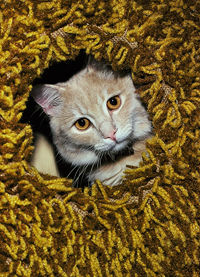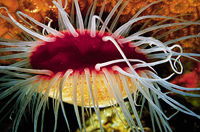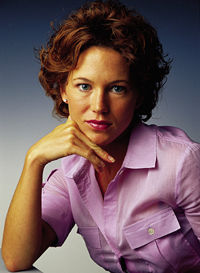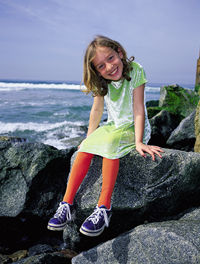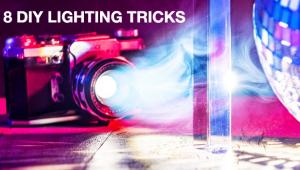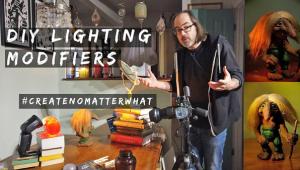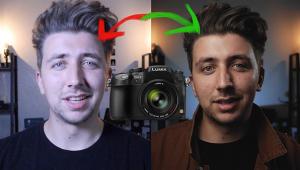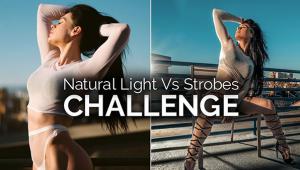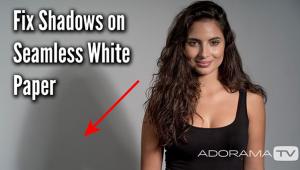The Wonders of Flash
|
Electronic Flash : More than just spare light
What is an electronic flash unit? For one thing, it's spare light, conveniently packaged in a "little black box"—a compact, portable light source that enables you to take photos of many subjects when there isn't enough light to do so otherwise. Electronic flash units come in a variety of shapes and sizes, but all do the same thing: provide handy light anywhere you need it. The flash units built into cameras are the smallest and least-powerful, but have the advantage of always being there when you need them. Accessory flash units that mount on the camera's hot-shoe provide more power and features—and generally the ability to move the flash off-camera when desired. Both built-in and shoe-mount flash units can provide the speed and ease of completely automatic operation. Handle-mount flash units attach to the camera by means of a mounting bracket. Some require a sync cord to connect to the camera's PC terminal, rather than employing the camera's hot-shoe. These "potato-masher" flash units are generally larger and more powerful than shoe-mount units. Portable two-piece flash units offer still more power. After-market batteries, like the Quantum units, turn small, portable shoe-mount flash units into two-piece units (flash and battery) with more flashes per charge and shorter recycle times (more on this soon). For the studio and on-location photographer, there are more-powerful studio flash systems. Studio flash units incorporate a modeling lamp in each head, which lets you see what the lighting effect will look like—since flash tubes emit only brief bursts of light, it's impossible to observe their effect without continuous-operating modeling lamps (a few shoe-mount flash units now incorporate a modeling-light feature, generally by means of a series of flash bursts). Some of the less-expensive studio flash units are one-piece affairs known as monolights. These combine flash head and power pack into a single unit, and even include a built-in slave that fires the unit cordlessly when it "sees" the flash from a camera-connected unit. Most studio flash systems consist of a power supply, which plugs into a wall outlet for AC current, plus several flash heads that plug into the power supply. Such systems provide a lot more power than camera-mount units (handy when reflecting the light from an umbrella reflector—more on umbrellas later), and permit multiple-light setups. The power pack permits you to set all flash heads to equal power or to vary the power setting among the heads to control the lighting ratios. There are also battery-powered portable studio flash systems. |
- Log in or register to post comments
